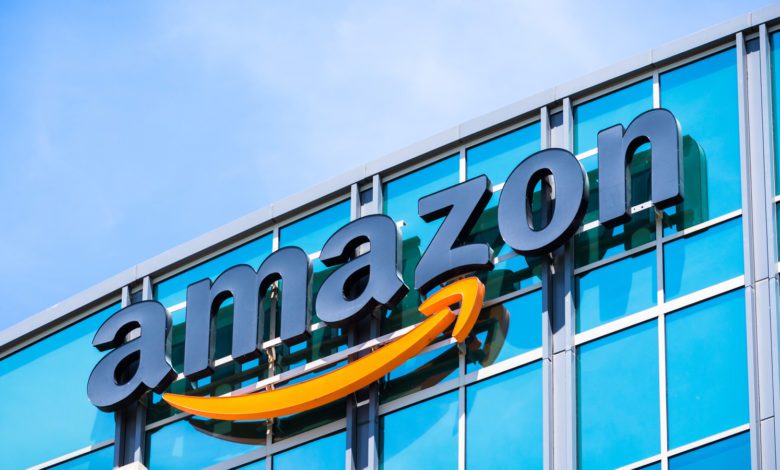What the Amazon strikes mean for the retail industry
Amazon has taken a hard line approach to the unprecedented strike, but amid widespread action in the UK is it fighting a losing battle?

Register to get 1 free article
Reveal the article below by registering for our email newsletter.
Want unlimited access? View Plans
Already have an account? Sign in
Last month, Amazon workers staged its first ever strike in the UK, with hundreds of fulfilment centre employees voting to walk out “in anger” over the company’s 50p per hour pay offer and poor working conditions. An industrial action ballot saw a majority of more than 98 per of workers vote to strike, with a round 350 workers at the company’s Coventry warehouse walking out on Wednesday 25 January. It comes amid a string of strike action in the UK aimed at both corporations and governments as inflation rises and the country enters yet another recession.
What does this mean for the retail industry? Amazon is maintaining that the latest action has not disrupted activity, and its response has been aggressive. Workers taking part in the UK strike have been marked as a ‘no show’ by the company – effectively an unauthorised absence. Workers are now worried they will be fined, or even face a gross misconduct charge.
Stuart Richards, senior organiser at GMB, who represents the Amazon workers, reacted by saying he hopes “this is just an error on Amazon’s part, rather than an attempt to intimidate workers taking legal industrial action”, and that “it feels like they’re being bullied.” One Amazon Coventry worker, who asked to remain anonymous, said “’It makes me fear for my job as it is considered gross misconduct. I feel targeted for taking legal industrial action.”
With unrest growing, and previous strike action being seen at Harrods, the retail world is watching to see if how events unfold at Amazon could pave the way for further, more widespread action. Last week, over half a million workers went on strike on Wednesday, February 1, including teachers, civil servants, university staff and train drivers. It is the largest strike action the UK has seen for over a decade.
Amazon has started by taking a hard line response, however the Government and corporations are beginning to exhaust their options.
A recent legislative change from the Government now allows agency workers to provide cover for striking employees. However, in a conversation with Retail Sector last September, GMB general secretary Andy Prendergast said that such measures, in the long term, would prove to be “largely worthless”. While it may keep activity from being disrupted, he said, there is an inherent lack of numbers to make it a viable long-term – or even medium-term – solution. Amazon’s claim on the back of such evidence could be seen as an attempt to keep the picture as rosy as possible for as long as possible. How long that will last, and whether it’s initial hard line approach is a facade, remains to be seen.
Along with an inherent lack of numbers to fill striking workers roles, he points to putting extra strain and time on the rest of the staff to provide training, and the impact a significant drop in service quality could have on the Harrods brand as just the start of its problems.
Strike action by its very nature is disruptive. It is intentionally awkward, and innocent members of the public will be inconvenienced, regardless of their support or condemnation. What’s striking is that despite a relentless campaign in certain quarters of the media, such as the Telegraph and GMB, public support is still stronger than even those undertaking the action anticipated it would still be so far down the line. What’s clear is that if retail bosses wary of strike action are banking on the court of public opinion being in their favour, it’s a strategy that may not end well.







